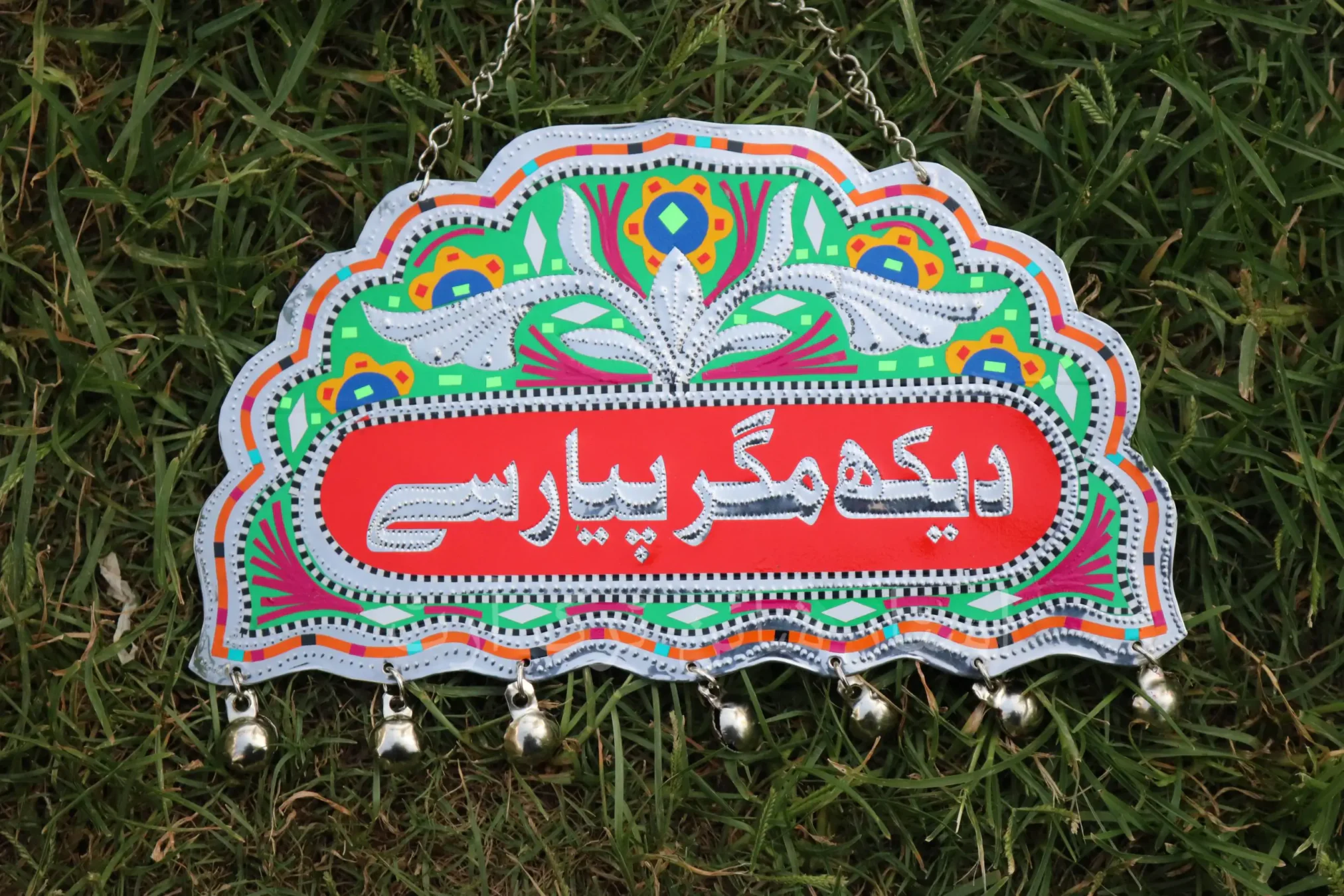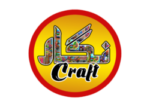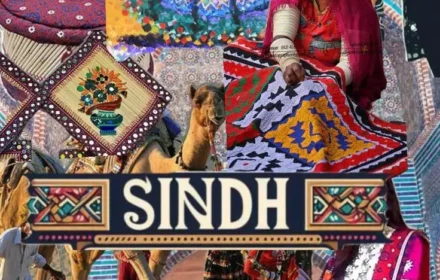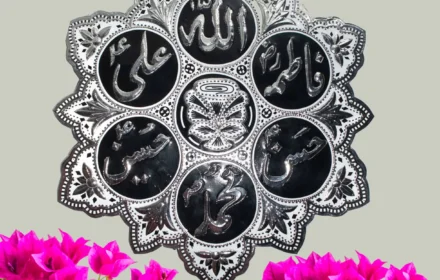A Vibrant Expression of Culture, Identity, and Craftsmanship
More Than Decoration: The Soul of Pakistan’s Roads
Pakistani truck art is more than colorful paint and ornate patterns—it is a dynamic expression of culture, identity, and spirituality. Across the country, cargo trucks are transformed into mobile masterpieces. Each vehicle, adorned with vivid designs, poetic verses, and spiritual motifs, becomes a moving canvas that reflects the personal stories, values, and dreams of its owner.
Truck owners often invest significant time and resources—sometimes months of work and large portions of their income—to customize their vehicles. The result is not just a decorated truck, but a unique form of folk art, rich in symbolism and meaning.
What began as a personal form of expression has evolved into a globally recognized art movement. Pakistani truck art has been featured in international museums, fashion collections, and home décor—captivating hearts and inspiring artisans worldwide.
A Brief History of Pakistani Truck Art
This unique art form dates back to the early 20th century, during British colonial rule, when Bedford trucks from England began operating across South Asia. After Pakistan’s independence in 1947, these trucks became crucial for transporting goods across the country’s diverse regions.
Initially, decorations were modest—floral patterns, crescent moons, or patriotic emblems. Over time, these touches grew into fully immersive art that enveloped the entire vehicle—from bumpers to mud flaps—each detail telling a story.
The Symbolism Behind the Designs
Spiritual and Protective Elements

Truck drivers often face long, unpredictable journeys, so it’s no surprise that spiritual protection plays a major role in the artwork. Common Islamic phrases such as MashAllah (“God has willed it”) and Ya Ali Madad (“O Ali, help us”) are believed to offer divine protection.
Miniature shrines, hanging charms, and Quranic verses are also common, serving both as visual features and symbols of faith.
Cultural and Aesthetic Motifs
The designs are full of vibrant symbols, each with meaning:
- Peacocks – Beauty and elegance
- Eagles and hawks – Power and vigilance
- The watchful eye – Protection from evil
- Flowers, tigers, and birds – Celebration of nature and local folklore
Many trucks also feature humorous or poetic phrases—catchy couplets that reflect the driver’s personality or worldview.
The Famous one: “Dekh Magar Pyar Se“—”See but with Love“

Regional Variations in Pakistani Truck Art
Each province in Pakistan brings its own unique style to truck art:
- Peshawar (Khyber Pakhtunkhwa): Bold tribal designs inspired by Pashtun heritage.
- Karachi (Sindh): Intricate mirror work, rich symbolism, and Sufi mysticism.
- Rawalpindi (Punjab): Bright, playful, and poetic—often with romantic or humorous slogans.
These regional differences create a cultural mosaic, turning truck art into a shared national identity made up of local voices.
The Artists Who Bring It to Life
Behind every truck masterpiece is a team of artisans—painters, metalworkers, and decorators—who transform heavy machinery into storytelling platforms. These skilled craftsmen, often working in small workshops, bring years of experience and cultural knowledge to their work.
Despite limited resources and tight timelines, their passion keeps this tradition alive, blending folk art with innovation.
From Highways to Homes: Truck Art in Modern Design
Pakistani truck art is no longer confined to highways. Today, it inspires fashion designers, home décor brands, and global art communities.
At Nigar Craft, we bring this cultural heritage into your everyday life through handcrafted items inspired by traditional truck art. From vibrant wall hangings to painted storage boxes and statement keychains—our pieces reflect the same energy and craftsmanship found on Pakistan’s roads.
Popular Truck Art-Inspired Products at Nigar Craft:
- 🖼️ Hand-Painted Wall Art Panels
- 🧰 Decorative Storage Boxes
- 🧿 Mini Truck Keychains & Souvenirs
- 🎁 Custom Gift Sets Inspired by Truck Art
Explore our full collection at www.nigarcraft.com.pk or follow us on Instagram for new releases and behind-the-scenes looks at our crafting process and you can visit our store located in Karachi Pakistan
Why Truck Art Matters
Pakistani truck art is more than a visual tradition—it’s a cultural narrative in motion. It reflects faith, creativity, humor, and pride. Every truck tells a story. And through modern adaptations, this once-roadside art form is finding its place in homes, galleries, and collections worldwide.
Looking for Authentic Truck Art Gifts or Décor?
Discover handmade crafts inspired by Pakistani truck art at Nigar Craft – where tradition meets modern design
Frequently Asked Questions About Pakistani Truck Art
1. What is Pakistani Truck Art?
Pakistani Truck Art is a vibrant and dynamic folk art form where cargo trucks are transformed into mobile masterpieces. Adorned with vivid designs, poetic verses, and spiritual motifs, each vehicle becomes a unique canvas reflecting the personal stories, values, and dreams of its owner, serving as a powerful expression of culture, identity, and craftsmanship.
2. Is Pakistani Truck Art just decorative?
No, it’s far more than just decoration. It’s considered a unique form of folk art, rich in symbolism and meaning. Each design, color, and motif tells a story, reflecting cultural values, spirituality, and the personal identity of the truck owner and driver.
3. When did Pakistani Truck Art originate?
This unique art form dates back to the early 20th century during British colonial rule, when Bedford trucks began operating across South Asia. After Pakistan’s independence in 1947, the art evolved from modest decorations into fully immersive, vehicle-enveloping designs.
4. What kind of symbolism is found in truck art designs?
The designs are full of vibrant symbols, often including spiritual and protective elements like Islamic phrases (e.g., MashAllah), miniature shrines, and Quranic verses. Other common motifs include peacocks (beauty), eagles/hawks (power), the watchful eye (protection from evil), and various flowers, tigers, and birds celebrating nature and local folklore. Humorous or poetic phrases are also common.
5. Does Pakistani Truck Art vary by region?
Yes, each province in Pakistan contributes its own unique style. For example, Peshawar features bold tribal designs, Karachi is known for intricate mirror work and Sufi mysticism, and Rawalpindi (Punjab) art is often bright, playful, and poetic with romantic or humorous slogans.
6. Who creates these elaborate truck art masterpieces?
Behind every truck masterpiece is a team of skilled artisans, including painters, metalworkers, and decorators. These craftsmen often work in small workshops, bringing years of experience and cultural knowledge to transform heavy machinery into storytelling platforms, despite often facing limited resources.
7. How much effort and resources do truck owners typically invest?
Truck owners often invest significant time and resources, sometimes months of work and large portions of their income, to customize their vehicles. This commitment highlights the deep personal and cultural value placed on this art form.
8. Has Pakistani Truck Art gained international recognition?
Yes, what began as a personal form of expression has evolved into a globally recognized art movement. Pakistani truck art has been featured in international museums, fashion collections, and home décor, captivating hearts and inspiring artisans worldwide.
9. How has truck art adapted to modern design and products?
Pakistani truck art has moved beyond the highways to inspire fashion designers, home décor brands, and global art communities. Companies like Nigar Craft offer handcrafted items inspired by traditional truck art, such as hand-painted wall art panels, decorative storage boxes, mini truck keychains, and custom gift sets, bringing this cultural heritage into everyday life.
10. Why is Pakistani Truck Art considered important?
Pakistani truck art is more than just a visual tradition; it’s a cultural narrative in motion. It reflects faith, creativity, humor, and national pride, with every adorned truck telling a unique story. Through its modern adaptations, this once-roadside art form continues to find its place in homes, galleries, and collections worldwide, preserving a vital piece of Pakistani heritage.







